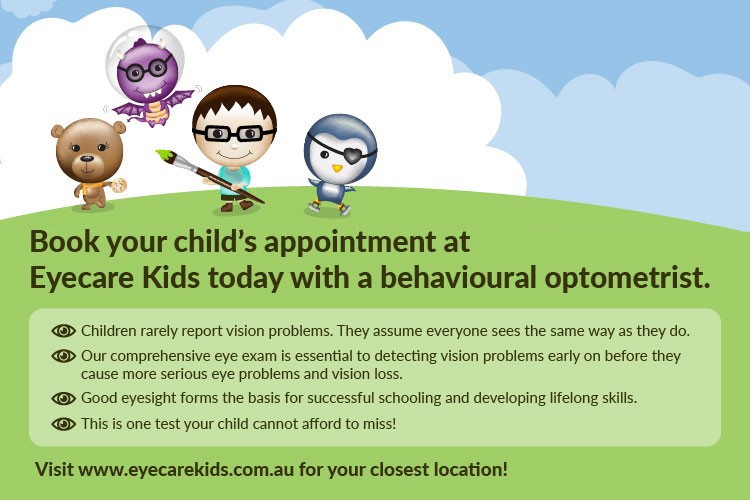If you are a new dad, congratulations! You have a perfect little baby in front of you and you are probably already wondering… when you will be playing ball with them. How you will teach them to kick, catch, throw and… and well… go fishing! When can those little hands hold a fishing rod?
We put together a little guide for new dads so you are prepared for those little skills that will develop faster than you think! And it all starts with how they understand what they feel
At birth: Babies can see patterns of light and dark and during the first 4 months a baby will begin to follow slow moving objects and be able to recognise facial expressions. A mobile will provide visual stimulation for focus and eye movement development. A variety of safe objects within baby’s focus distance will encourage hand-eye coordination as baby reaches to touch. Here is something fun you can try right now, stick out your tongue and watch them copy you almost straight away!
4 – 6 months: Control of eye movement develops further as the baby learns to turn from side to side. Watch them move their arms in the direction of their gaze and hit an object! Yep your baby’s learning eye-hand coordination already! Occasionally one eye may be turned in towards the nose or to the outside. This may happen first with one eye then the other. Just remember this is normal in the first six months and is part of the development of binocularity, which is the use of two eyes together,
6 – 8 months: Both eyes are now focusing equally. Hooray! If the eyes look crossed then they are probably not working together. As your optometrist,we are telling you – this may a problem your child will not outgrow. Book in for an eye test NOW.
8 – 12 months: Babies are more mobile now and you have probably baby proofed the house with baby gates! They are definitely rolling and maybe commando crawling… and if they are crawling, that’s great! Make them crawl a lot! Crawling helps to develop them hand-eye coordination as well as eye teaming skills like convergence. Their depth perception is still developing so expect them to tumble and be clumsy as they figure out their visual spatial skills.
2 – 3 years: Reading and reading and more reading …. and telling stories to improve your child’s ability to understand visual information and to prepare for learning to read. Lots of lego, mazes and drawing and painting will further develop accurate hand movements. Lots of playing movement games and activities. Kids can’t play enough. Turning upside down on the monkey bars is a winner!
3-4 years: Visual memory activities can be played with lots of fun at this stage. Our favourite? Find the matching cards! There are some terrific kids’games that don’t cost a lot and stimulate memory skills. Enjoy watching them grow in confidence!
For a FREE ebook on Visual Development in an Infant, contact us at info@eyecarekids.com.au

